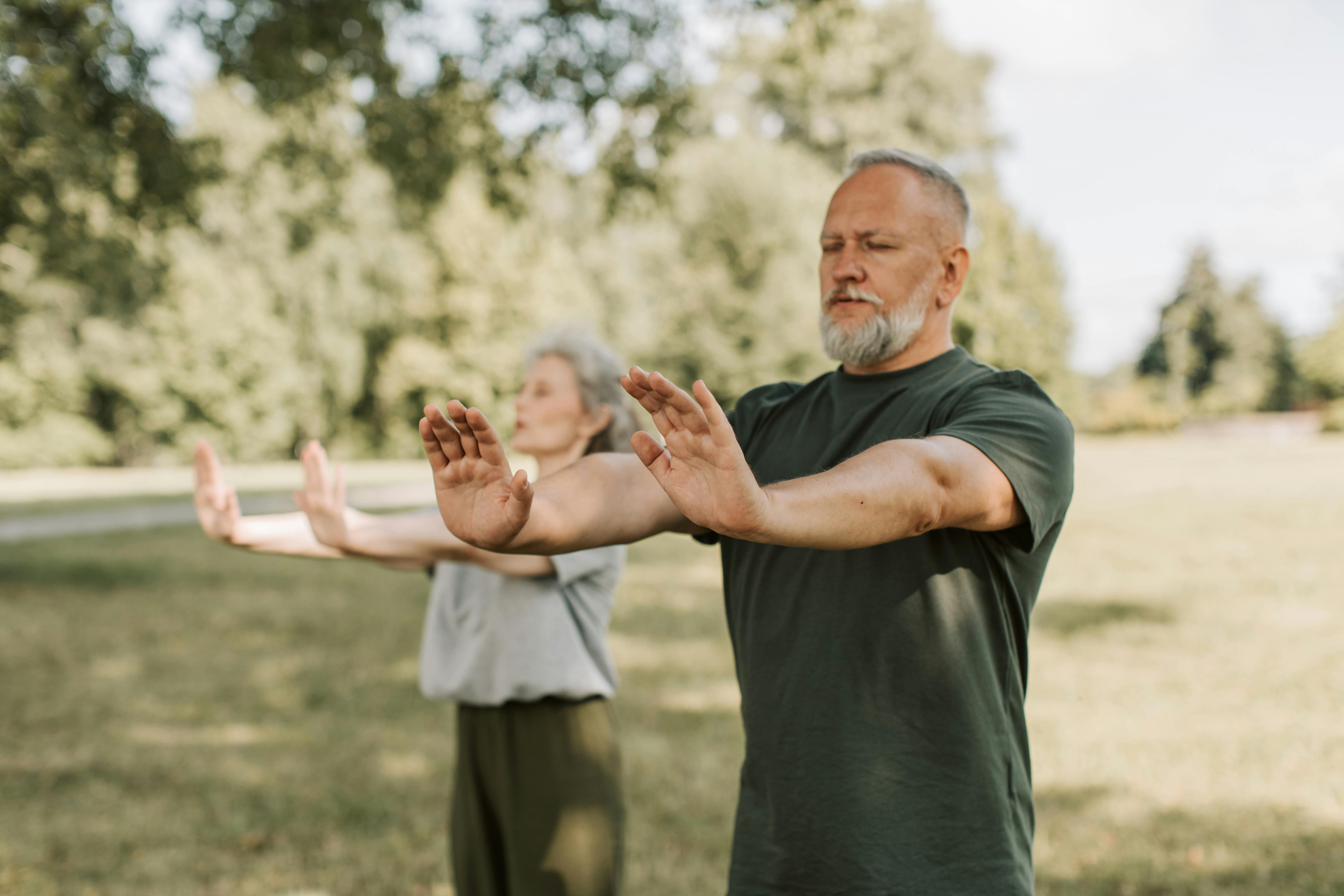Biorhythm Optimization: Aligning Your Life with Nature's Cycles
The concept of living in harmony with natural rhythms isn't new, but recent scientific advancements have shed light on how profoundly our biological clocks influence our health. What if you could enhance your wellbeing by simply aligning your daily activities with your body's innate cycles? Let's explore the fascinating world of biorhythm optimization and its potential to revolutionize our approach to health and wellness.

The Science Behind Biorhythms
At the core of biorhythm optimization is the circadian rhythm, our body’s internal 24-hour clock. This biological timekeeper influences numerous physiological processes, including hormone production, body temperature regulation, and metabolism. Recent research has uncovered that nearly every cell in our body contains its own circadian clock, all synchronized by a master clock in the brain’s suprachiasmatic nucleus.
These cellular clocks respond to various environmental cues, known as zeitgebers, with light being the most powerful. Other zeitgebers include temperature, physical activity, and food intake. When our daily routines align with these natural rhythms, our bodies function more efficiently. However, modern lifestyles often disrupt these delicate cycles, leading to a state of circadian misalignment associated with various health issues, including obesity, cardiovascular disease, and mood disorders.
Chronotypes and Personalized Rhythms
One of the most exciting developments in biorhythm research is the recognition of individual chronotypes. Not everyone’s internal clock ticks to the same beat. Some people are natural early risers (larks), while others are night owls. Understanding your chronotype can help you optimize your daily schedule for peak performance and well-being.
Researchers have identified four main chronotypes: bear (most common), lion (early risers), wolf (night owls), and dolphin (light sleepers). Each type has optimal times for activities like creative work, physical exercise, and social interaction. By aligning your daily routine with your chronotype, you can potentially enhance productivity, improve mood, and reduce stress.
Nutrition and Meal Timing
Biorhythm optimization extends beyond sleep-wake cycles to include the timing of our meals. Chrononutrition, a subset of biorhythm research, explores how the timing of food intake affects our metabolism and overall health. Studies have shown that our bodies process nutrients differently depending on the time of day, due to fluctuations in hormone levels and enzyme activity.
For example, insulin sensitivity is typically higher in the morning, making it an ideal time for consuming complex carbohydrates. Conversely, protein synthesis peaks in the evening, suggesting that protein-rich meals might be more beneficial later in the day. By synchronizing our eating patterns with these metabolic rhythms, we may be able to optimize nutrient absorption, improve weight management, and reduce the risk of metabolic disorders.
Exercise and Physical Performance
The timing of physical activity can also significantly impact its effectiveness. Research has shown that our body temperature, hormone levels, and cardiovascular function follow distinct circadian patterns, influencing our athletic performance at different times of the day.
For most people, physical performance tends to peak in the late afternoon when body temperature is at its highest. However, this can vary based on individual chronotypes and the type of exercise. Endurance activities might be more beneficial in the morning when cortisol levels are naturally higher, while strength training could be more effective in the evening when muscle strength and flexibility are at their peak.
Practical Applications of Biorhythm Optimization
Implementing biorhythm optimization principles into daily life doesn’t require drastic changes. Small adjustments can yield significant benefits:
-
Consistent sleep schedule: Aim to go to bed and wake up at the same time every day, even on weekends.
-
Light exposure: Get natural sunlight in the morning to help regulate your circadian rhythm.
-
Meal timing: Try to eat meals at consistent times each day, and consider limiting late-night snacking.
-
Exercise timing: Experiment with different workout times to find what feels best for your body.
-
Technology use: Reduce blue light exposure in the evening by using screen filters or avoiding devices before bedtime.
Fascinating Facts About Biorhythms
-
Our body temperature fluctuates by about 1°C throughout the day, peaking in the late afternoon.
-
The liver has its own circadian rhythm, influencing drug metabolism and detoxification processes.
-
Cortisol levels naturally peak about 30-45 minutes after waking, known as the Cortisol Awakening Response (CAR).
-
Night shift workers have a higher risk of certain cancers, possibly due to disrupted circadian rhythms.
-
Plants also have circadian rhythms, with some species opening and closing their leaves at specific times of day.
As we continue to unravel the complexities of our internal biological clocks, biorhythm optimization presents an exciting frontier in personalized health and wellness. By aligning our lifestyles with our natural rhythms, we have the potential to unlock new levels of vitality, productivity, and overall well-being. The key lies in listening to our bodies, respecting our individual chronotypes, and making small, consistent changes that honor our innate biological cycles. In doing so, we may find ourselves not just surviving, but truly thriving in harmony with nature’s rhythms.





